
|
|
|
| synonym |
Stragania alabamensis |
| description |
A greenish to tan species, with many short whitish hairs (setae) scattered across the surface of the wings; sometimes there is a fuscous spot at the apex of the clavi (inner part of the wings) and the outer ends of the apical cells. The vertex is rounded and distinctly narrower than the pronotum. The posterior margin of the female pregenital sternite is produced on the median two thirds, sometimes with a small median notch. Fuscous spots are common in the posterior third of the anteapical cells. The posterior margin of the female pregenital sternite is produced on the median, occasionally with a small notch. Adults males are 4.0-4.7 mm long, females are 4.5-4.8 mm. (Beamer & Lawson, 1945), (Blocker, 1970)
See here for more images of this species: BG. |
| distribution |
Primarily eastern and central North America where it is widespread but not necessarily common. (3I) |
| abundance |
A very uncommon species in the state, likely overlooked and under-collected and could turn up anywhere in the state. |
| seasonal_occurrence | |
| habitat |
|
| plant associates |
Honey locust (Gleditsia triancanthos) (Blocker, 1970) |
| behavior |
Can be attracted at night with a light. |
| comments |
This species is similar to Penestragania robusta but can be distinguished by the white hairs on the wings; in P. robusta, the hairs are black.
A similar species, P. apicalis, is found primarily in the Midwest but Blocker (1970) notes that is has been reported from southeastern States; it has denser setae on the wings and a head that is notably wider, being almost as wide as the pronotum; the lateral margins of the pronotum are almost parallel. (Beamer & Lawson, 1945) |
status |
[Native:]
[Introduced:]
[Extirpated:] | | list_type |
[Official:]
[Provisional:] |
| adult_id | Unmistakable and widely known Identifiable from good quality photos of unworn specimens
Identifiable from photos showing undersides, or other specialized views [e.g., legs, face]
Identifiable only by close inspection of structural features or by DNA analysis NULL |
| nymph_id | Unmistakable and widely known Identifiable from good quality photos, especially where associated with known host plants
Identifiable from close inspection of specimens or by DNA analysis
Identifiable only through rearing to adulthood NULL |
| G_rank |
|
| S_rank |
|
| rank_comments |
|
| tribe |
Hyalojassini |
| subgenus |
Penestragania |
Species Photo Gallery for Penestragania alabamensis No Common Name |
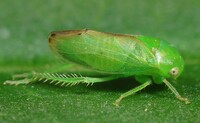 | Photo by: Rob Van Epps
Mecklenburg Co.
Comment: Caught sweeping - on Honey Locust | 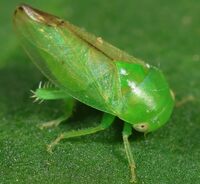 | Photo by: Rob Van Epps
Mecklenburg Co.
Comment: Caught sweeping - on Honey Locust |
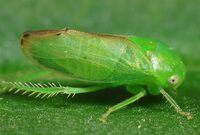 | Photo by: Rob Van Epps
Mecklenburg Co.
Comment: Caught sweeping - on Honey Locust |

 »
»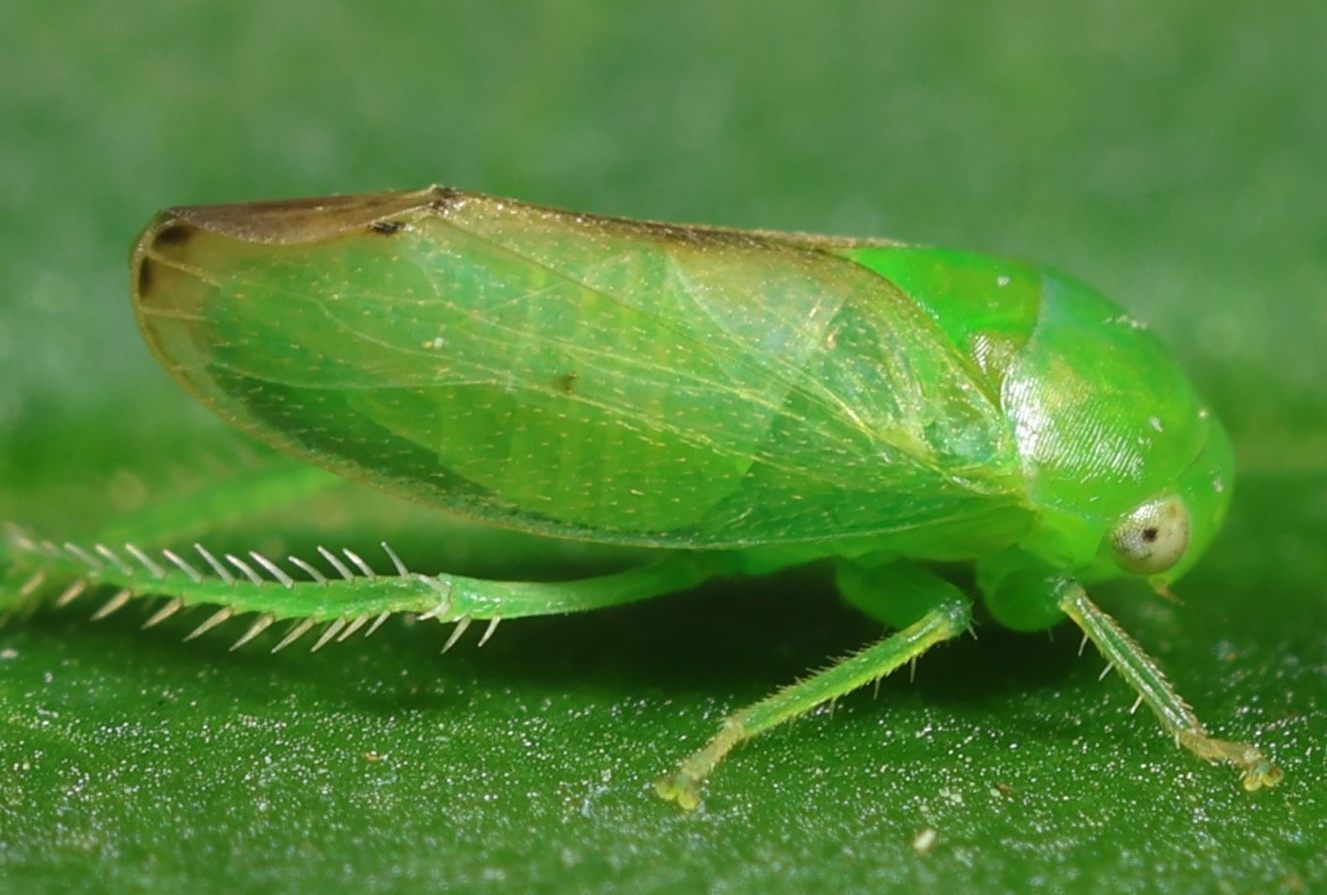
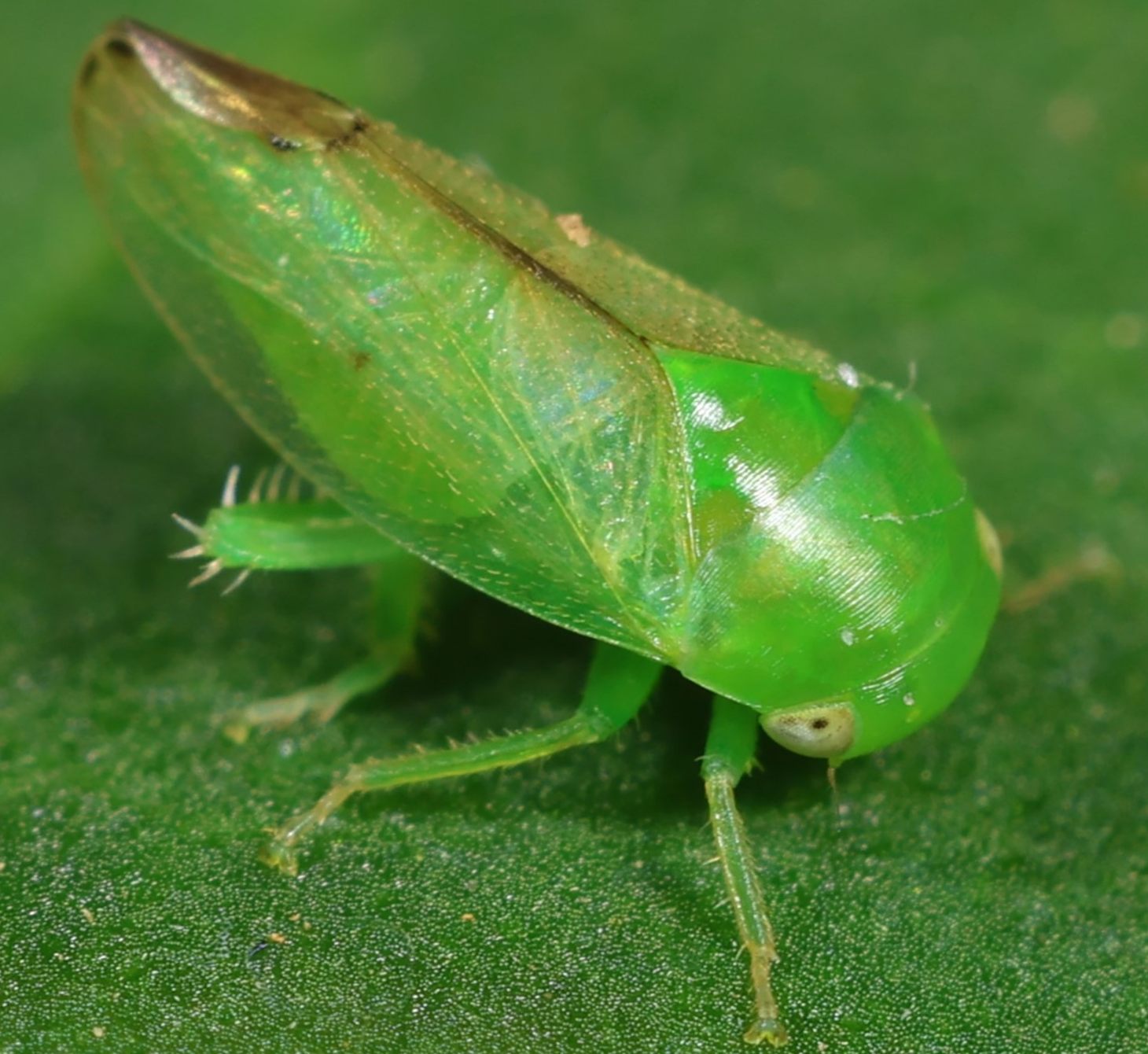

 »
»
